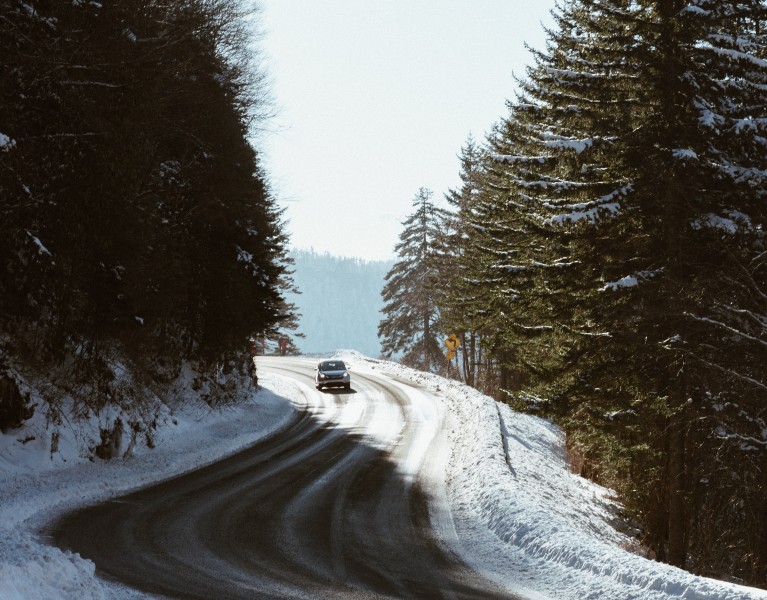
Survival Skills: Your Winter "Just in Case" Car Kit
Table of Contents [Show]
Imagine you're traversing a mountain pass on a holiday road trip, and snowy conditions, fatigue, and your smartphone lead you to a wrong turn. Before you know it, you're lost. And stuck. Suddenly, the snow's far deeper than it was only yards before, and there's no way you're turning around to backtrack.
Wait. Where did those tire tracks go?
If this scenario sounds familiar to you, then you might have heard of the tragic death of James Kim, who died after he, his wife, and their two young daughters got lost on an Oregon pass in late November 2006. After waiting six days for rescue, Kim went in search of help, but wearing only a light jacket, women's work pants, and sneakers, he succumbed to hypothermia. His body was discovered four days later—two days after Search and rescue teams, alerted by Kim's friends, found Kati Kim and the little girls, safe but hungry in their vehicle.
The San Francisco family's story made headlines, and people were armchair-quarterbacking the tragedy. Sure, the Kims made some mistakes, but really... how prepared are they compared to most road trippers during the winter? Especially those who rarely experience snow?
If there's anything positive to come out of the story, it's that it raised awareness. News channels ran stories about winter driving safety, road condition hotlines, route planning, and emergency kits. But all that was more than a decade ago. Did the lesson stick? How well-prepared are you for winter road travel?
Here's a refresher course, so you don't learn the hard way.
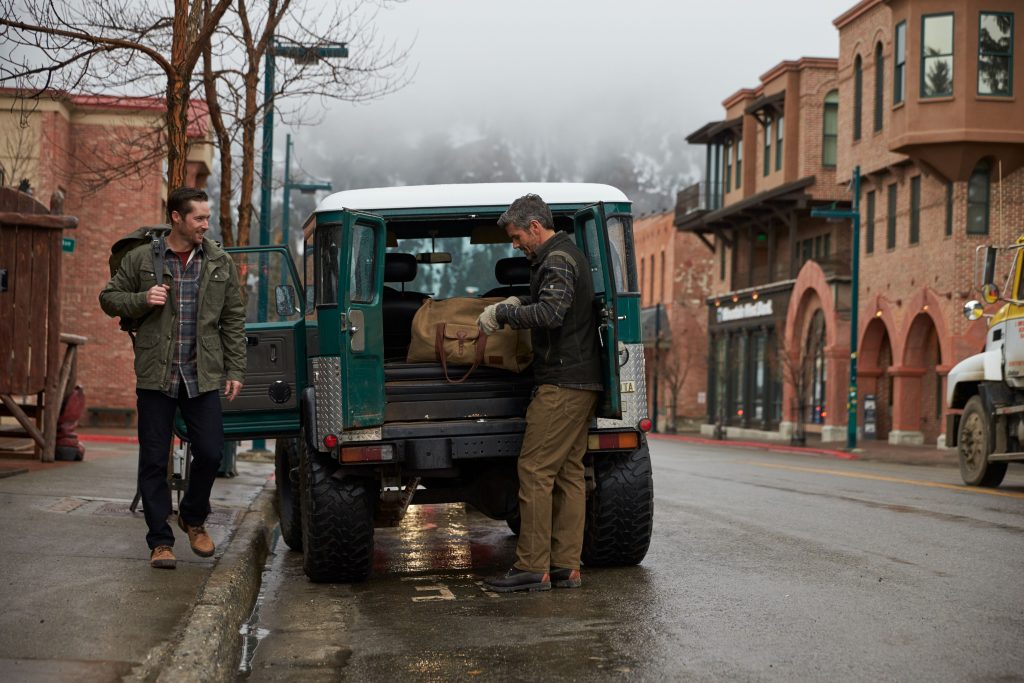
Carry a Winter-Ready Road Emergency Kit Year-Round
When was the last time you changed a tire? Road service memberships don't cover all areas, and when they do, they can take hours... especially in storms or during a holiday travel rush. Make sure all your tires are in good condition, including your spare, and check that your jack and lug wrench hasn't wandered off. Then, equip your car with the following emergency essentials:
Lifeline AAA Excursion Road Kit: This is a basic, off-the-shelf kit that's better than nothing, especially when you want quick-and-dirty solutions for every car in your household or to pack in a rental car. I'd definitely add a half-dozen Orion safety flares for each kit (you can't fly with these) since I'm always wary of cold-killed device batteries.
The traditional flares have the added benefit of serving as a firestarter in a pinch, although I recommend you keep a few disposable lighters in your car at all times. I also like to keep a high-quality bright yellow safety vest with reflectors and pockets for better visibility.
Self-Rescue and Tow Equipment: Carry a sturdy tow strap or chain and this handy tool to punch out a window or cut a seatbelt if the need arises. I also keep a short spade in case I need to dig out a wheel, and I keep a restaurant kitchen mat—trimmed to fit—in the back of my SUV to keep stuff from sliding around and, more importantly, to wedge under a tire if I need traction.
Heavy-Duty, Safety-Orange Tarp: Lay down some protection if you need to get down and dirty... changing a tire or chaining up, that is. With a bright-orange tarp, you can use it to help signal aerial rescuers improve your car's visibility if you're broken down, and help keep the interior dry if the cab's been compromised by an accident.
Portable Jump Starter: You won't regret the investment. Buy the best, beefiest, the most powerful unit you can afford, and maintain it according to the manufacturer's specifications. As a woman, I know firsthand how vulnerable I feel standing along with a highway holding jumper cables, relying on the mercy (and good intentions) of perfect strangers.
Red Cross Winter Auto Survival Kit: I couldn't ask for better components. Every one of the items in this kit is products I have in my self-built car stash, right down to the ration bars and sealed water. But think of this as a "starter kit," and add multiples to provide for your passengers.
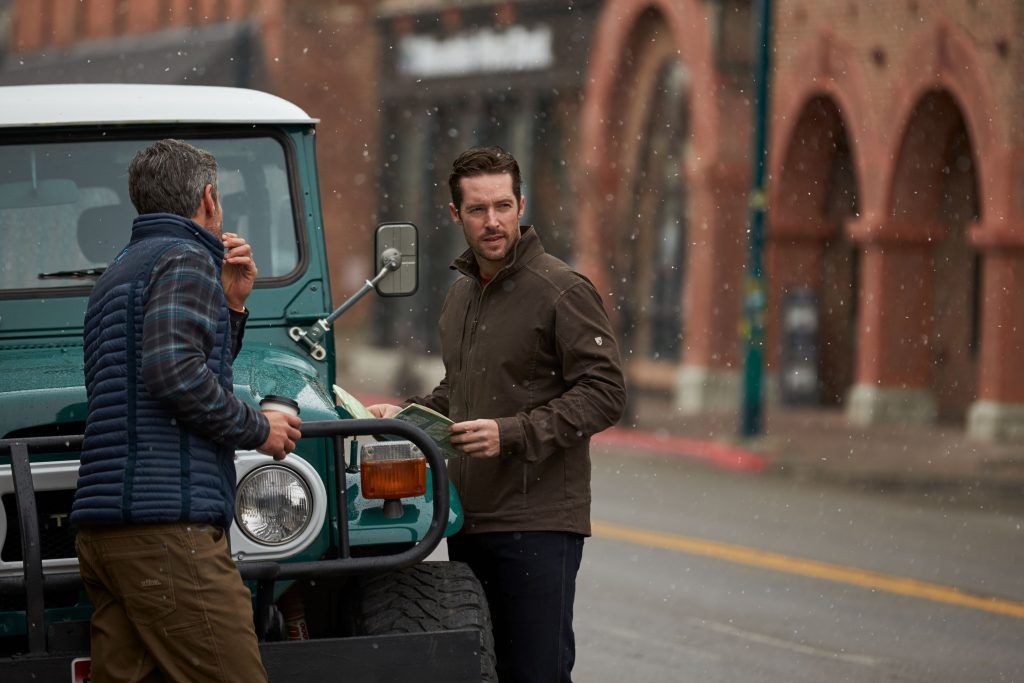
Bring Old-School, Paper Maps
The Kims weren't familiar with Oregon's mountain highways and, being a well-known tech guru, it was natural for James to rely on computer-generated maps. Granted, it was 2006 and technology wasn't as advanced as it is today, but even now dedicated GPS units and smartphones get it wrong. With phones, when you lose cell reception, you lose your ability to navigate.
Buy High-Quality Tire Chains
Don't wait for the snow to fall before you pick out your snow chains, or you won't have a choice at all. I personally recommend chains versus cables; they're less complicated to install, they hold up longer, and—especially if you have the aggressive v-bar type—they dig deeper into crud and ice.
Check your tire size before you go chain shopping. If you have a rear-wheel drive, the chains go on the back tires. For all-wheel and front-wheel drive, the chains go on the front tires. Be sure to practice putting them on and taking them off before you hit the road.
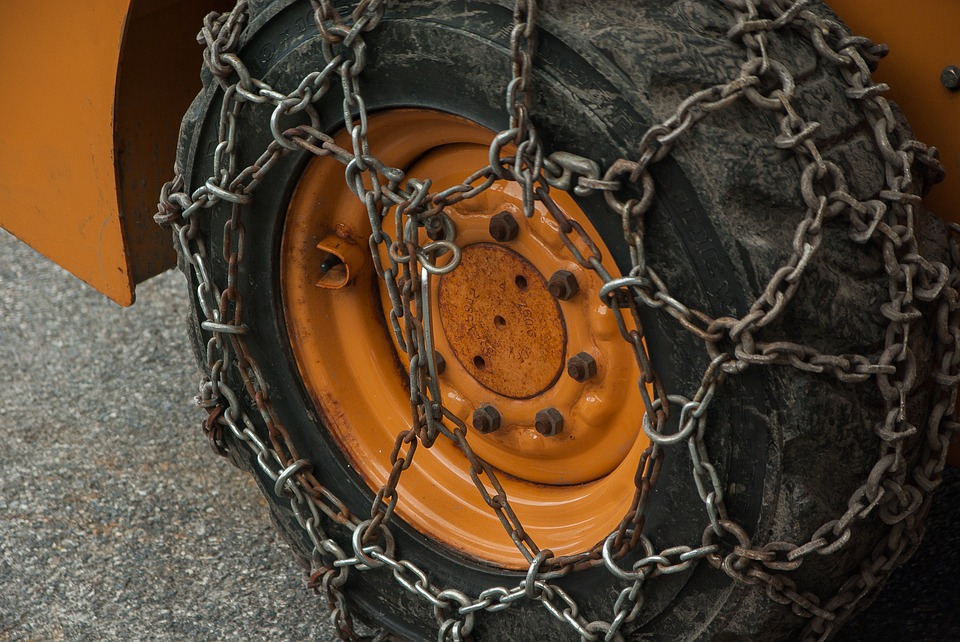
Dress for the Occasion
A trip over a mountain from one temperate region to another doesn't seem like a reason to pack a down jacket and thermal long underwear, but as a rule, I always pack for the worst weather I might encounter on a road trip. Keep a warm coat with you in your vehicle's cab, in case you're unable to access the trunk in an emergency, or if you don't have time to go digging through your luggage.
Stash Spare Warm Clothes
That tarp won't keep you completely dry, especially if you have to spend time outside in wet snow. Opt for warm, thin layers that will fit under your street clothes and baggy outer layers. Here's what I keep in a water-resistant stuff sack:
- Merino wool socks
- Warm wool or fleece hat
- Old but serviceable waterproof hiking boots
- Warm fleece or Merino wool pullover
- Fingerless wool gloves
- Warm ski gloves
- Thermal base layer top and base layer bottom
- Warm, thick, fleecy sweatpants
- Rain suit - any will work if it gives you the range of motion and weather protection.
- Removable traction cleats
Don't forget to bring a comfortable, warm change of clothes for your kids and some lightweight, fluffy blankets.
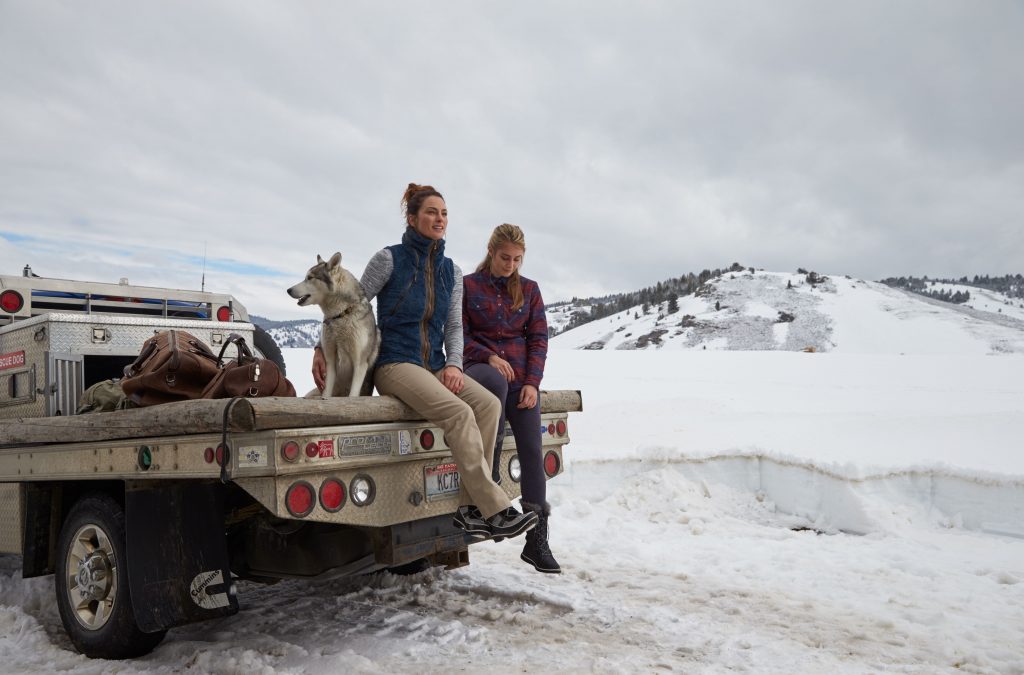
Don't Forget Comfort Items
Want to keep everyone calm? Tuck a deck of cards or packable games for you and your kids, or anything that will keep you entertained if you don't have access to power and you're stuck for a while. (Tip: portable jump-starters with 12v or USB ports can power up personal devices).
Ration bars (Mainstay is my favorite add-on to the Red Cross pack) aren't nasty by any means, but for kids, juice boxes and familiar snacks with long shelf-lives will keep chaos at bay.
Miscellaneous Personal Items
Don't get stuck without personal hygiene products, and if you're on any medications, be sure to pack them for your trip and keep a day or two's worth of medication in the cab with you... either in a purse, a deep coat pocket, or on one of those waterproof keychain pill containers. This is a good idea anytime you're traveling, in case you lose your luggage.
Bring reading glasses (cheaters) so you can clearly read paper maps or auto manuals and a spare pair of prescription glasses, too.
Carry Cold Hard Cash
It's just winter, not Armageddon, but if there is a major power outage in the region, you might need to pay cash to get gas. Or, you might want to show some gratitude to the woman in the truck who just pulled you out of a ditch. Always keep at least $20 stashed in your kit, and practice self-control so you don't raid it on a regular day.
Don't Get Stranded
We all take for granted that AAA, 911, or 511 will get us out of a sticky situation, but I prefer to be self-reliant when I'm out on the road. Self-reliance requires us to customize our kits to suit our own specific needs, so think of my advice as a starting point. Figure out how you want to supply and arrange your car kit and imagine the scenarios in which you might need it: Car trouble, natural disaster evacuations, quick escapes from family gatherings or any time you need to stay safe and sane when you're away from home.
Featured image by Jeffrey Wegrzyn.


